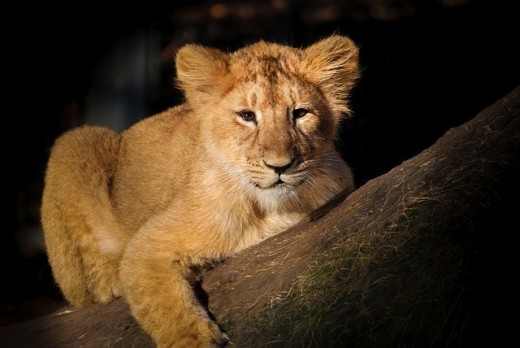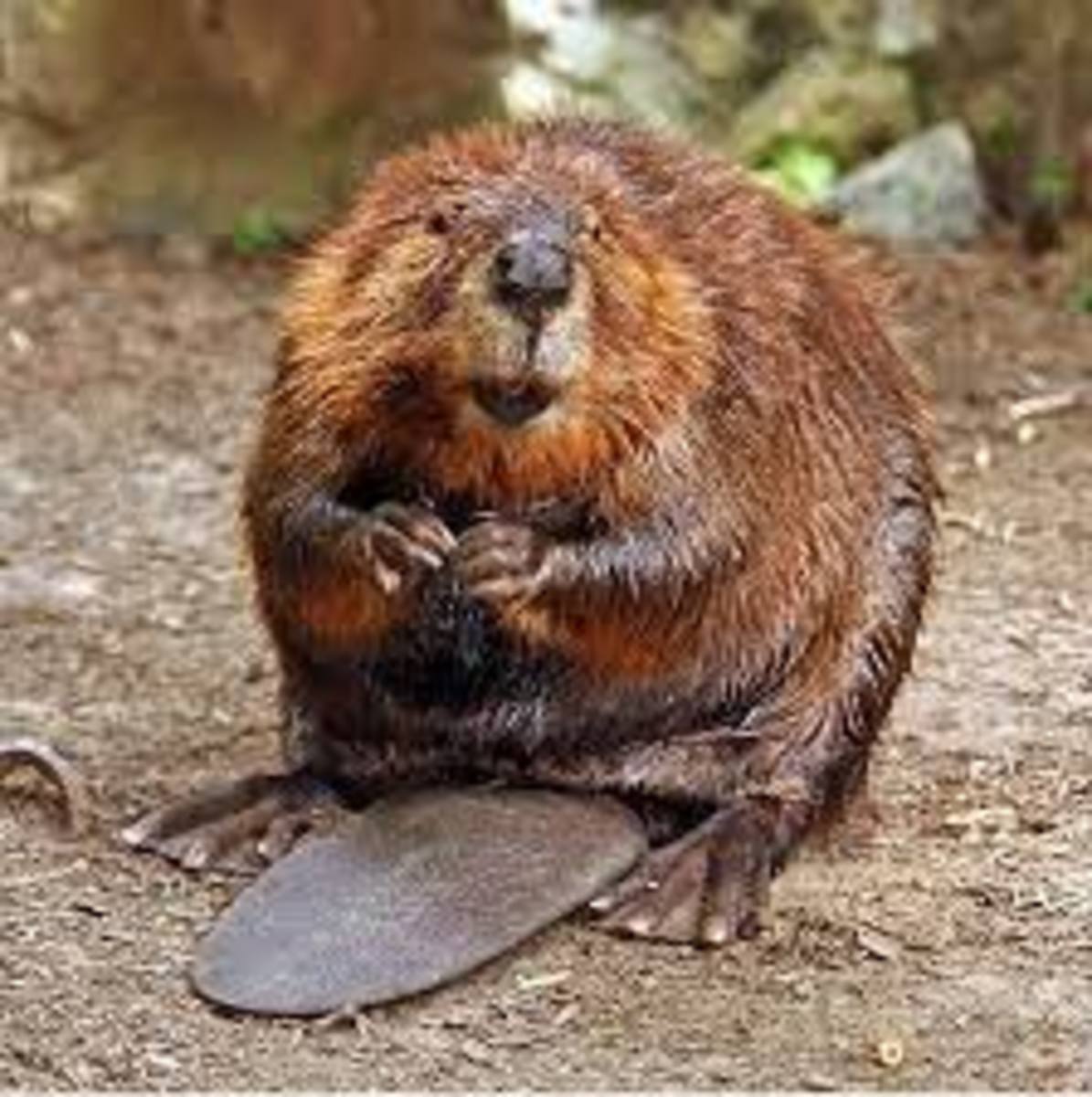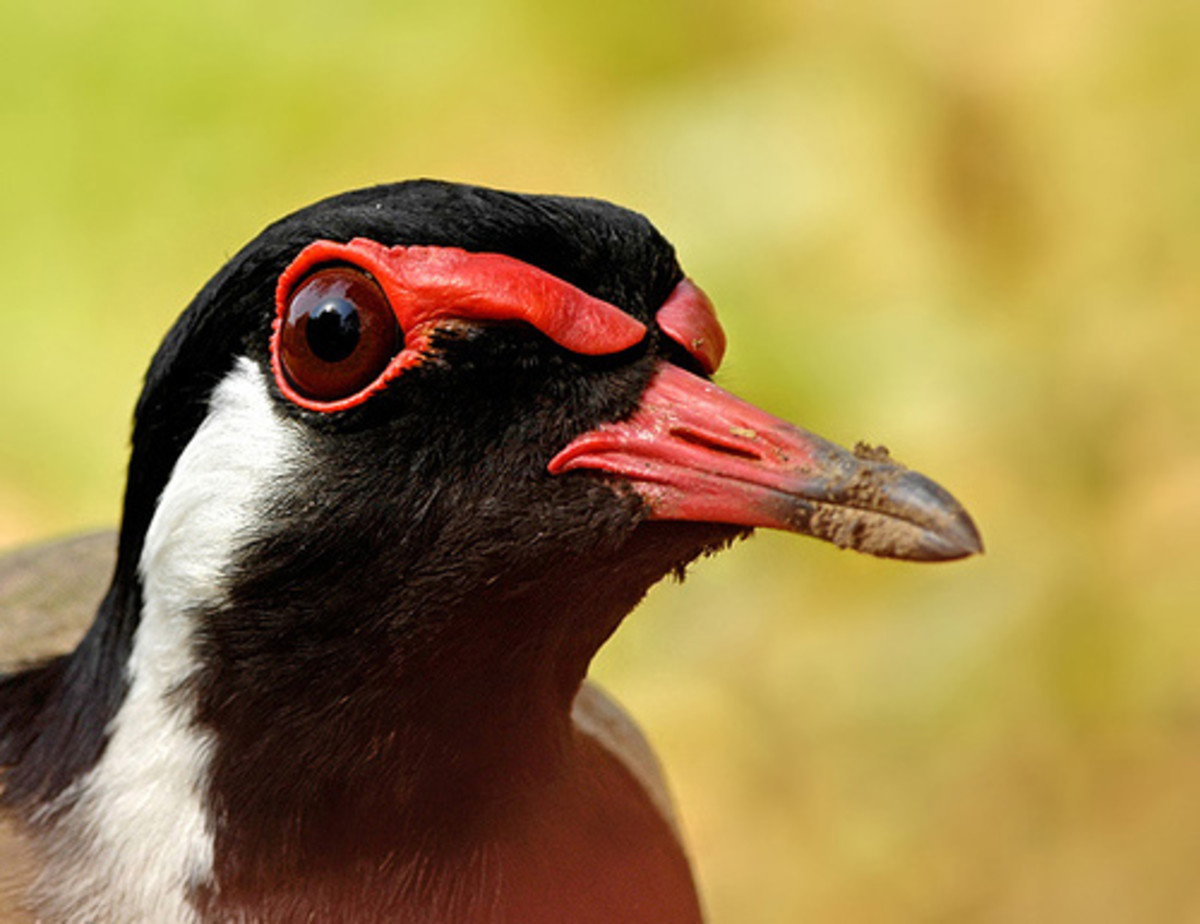Lion
Scientific Name: Panthera leo
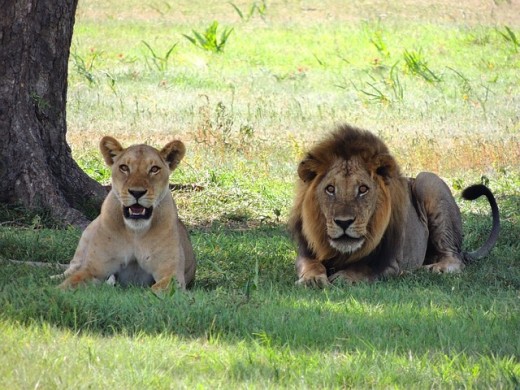
Description
When you think about the feline known as the Lion, you may be thinking about their mane. It is important to note that only the males feature this characteristic. They are the only felines that have such a distinction between their genders. For others the main difference is that the males are larger. For the Lion that distinction is also there.
The color of a Lion can vary depending on where they live. It is common for their bodies to be tan, brown, reddish, orange, and even some areas of yellow. There are some Lion that feature areas of black on them. Many of the males have black areas in their mane. Like other felines they feature a long tail. It isn’t known what the tassel at the end of it is for though.
More Lion Facts
- Lion - Amazing facts
The lion (Panthera leo) is one of the four big cats in the genus Panthera and a member of the family Felidae.
Anatomy
The location where the Lions live often determines how large they will become. In some regions the males are up to 550 pounds. In others they are only about 330 pounds. With the females they can be up to 400 pounds. However, they can also be as small as 264 pounds. They are very strong and powerful animals. They have jaws that can help them to take down very large animals.
Evolution
The fact that the Lion is the only one with a mane for the males, it leads you to wonder why. The speculation for that is that they may have needed a way to look bigger to predators. The mane does give the impression that they are much bigger in size. It also makes them more attractive to females.
The earliest fossils that we have of the Lion are 3 ½ million years old. They do indicate to us that the Lion was able to be distinct and to branch off from other felines for survival. The fact that they are so closely related genetically though, even the subspecies, is quite interesting as well.
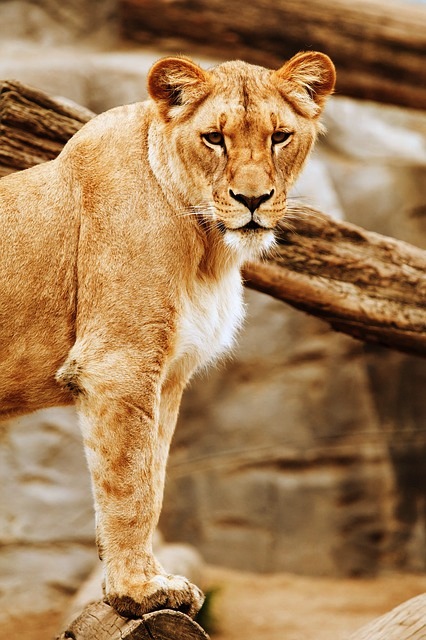
Interesting Links
- Felines - Animal Facts and Information
Felines Facts. They make a universally distinctive ‘meowing’ noise, they are hunters of live prey, and they are obligate carnivores. - Facts about Dolphins
Facts about Dolphins, Information about Bottlenose Dolphins, Pink Dolphins. Dolphin Information
Behavior
Aggressive behavior is more common with the males than the females. The males known that they have to be big and strong to keep that leadership role. If a younger male that is stronger comes along he can have the right to the pride by battling the leader. This is why the males don’t live as many years in the wild as the females.
The Lion is the only species of feline that lives in groups, and they are called prides. They enjoy socializing with each other. The females seem to do well with each other but there are times when they will battle over food if there isn’t much of it to go around. Every member of the pride has a role and it is very interesting to observe how they step into it.
The Lion does rest more than any other species of feline. More than 20 hours a day they spend just sleeping and resting. With the remaining four hours they groom, hunt, eat, walk, and socialize with each other.
Lion Video
Habitat and Distribution
Warm areas around Africa and Asia are home to the Lion. They are able to survive in the very hot dry weather there. They do use trees for shade but it doesn’t reduce the fact that they are still out there in extremely hot weather. The Lion is able to move around in the plains, in the high grass areas, and along the lower areas of the mountains.
They do have a very large home territory that they cover to look for food. They often have to follow the herds that are on the move to find grass and other items for them to live on. Since the Lion is very social you would think of all of them living in units. Yet there are some that have been exiled from their pride and they have to live alone. It is harder for them to do so and their habitat is one that allows them access to small prey.
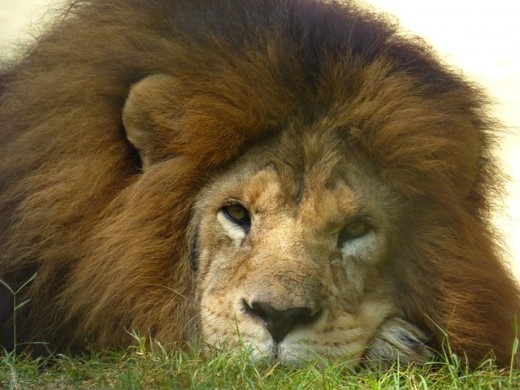
Interesting Links
- Wolf Facts and Information
Wolf Facts and Information. Feeding, habitat, distribution, reproduction, anatomy and more. Facts about species like the Gray Wolf, the Arctic Wolf and the Red Wolf. Also the conservation efforts made to preserve wolves - Kangaroo Facts and Information
Kangaroo Facts and Information. Feeding, habitat, distribution, reproduction, anatomy and more. Facts about the Red Kangaroo, the Eastern Gray Kangaroo and the Western Gray Kangaroo and the conservation efforts made to preserve kangaroos.
Diet and Feeding Habits
There are many types of food that the Lion consumes. They include antelope, deer, and even the tall giraffe. They are careful though about what they attack though as they don’t want to risk getting hurt. The felines that hunt are very valuable to the pride. They need to be safe during a hunt or they can lose their own life. There are other members of the pride that work to protect them from invasions and other prides. They will put the hunters in the middle of that they are able to stay strong for hunting proposes.
The hunting party usually gets to eat first and then the rest of the pride. Ther hierarchy of them is followed so the younger and the weaker may not get the food they need if there isn’t much being hunted. When fighting does occur in a pride it is typically over food. The young males and females are taught how to hunt.
Reproduction
Mating is something that the Lions can take part in around the calendar, no set season. They can mate up to 40 times a day when the female is in estrus. There is almost always success for conception though with it taking place so frequently. Even though there can be more than one mature male in a pride, only one is dominant. The others won’t get to mate as long as they stay there. This is why they often choose to go create their own pride.
The females will leave the pride in the days before giving birth. She will have about 100 days from conception until they young arrive. They are born in a den that allows them to have protection. They are small and blind for about a week. Then they will open their eyes. She can have up to five cubs but smaller litters are more common. They can have a strong odor so she often moves them to various dens for the first six weeks of life.
At that time she will be ready to bring them to the pride. There are often many females around the same time with young cubs. They work collectively to protect them and to feed them. Some of them will go hunt while others baby sit. They can even feed them milk if they aren’t their own biological mother. This helps to ensure they will be fine if a feline is out on a hunt that takes a long time.


Predators
There really aren’t too many issues with predators in the wild for the Lion. They do occasionally have concerns with other prides. These issues can be over territory when food is hard to find. There are times when the young are killed by Jackals, Hyenas, snakes, or Leopards,. The mother will have to leave them so she can find food and that makes it possible for them to be attacked.
There are problems with humans and Lions though. In fact, the combination of them being killed and their habitat being taken away has been enough to see their numbers plummet. While the Lion does well in captivity they have a very poor genetic differentiation. That makes it hard for them to repopulate and to be healthy.


